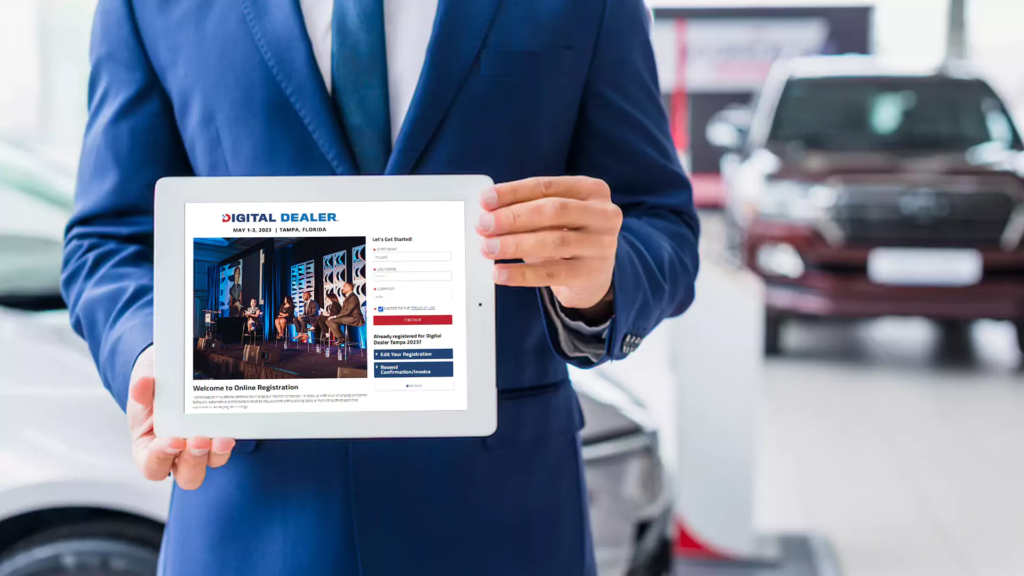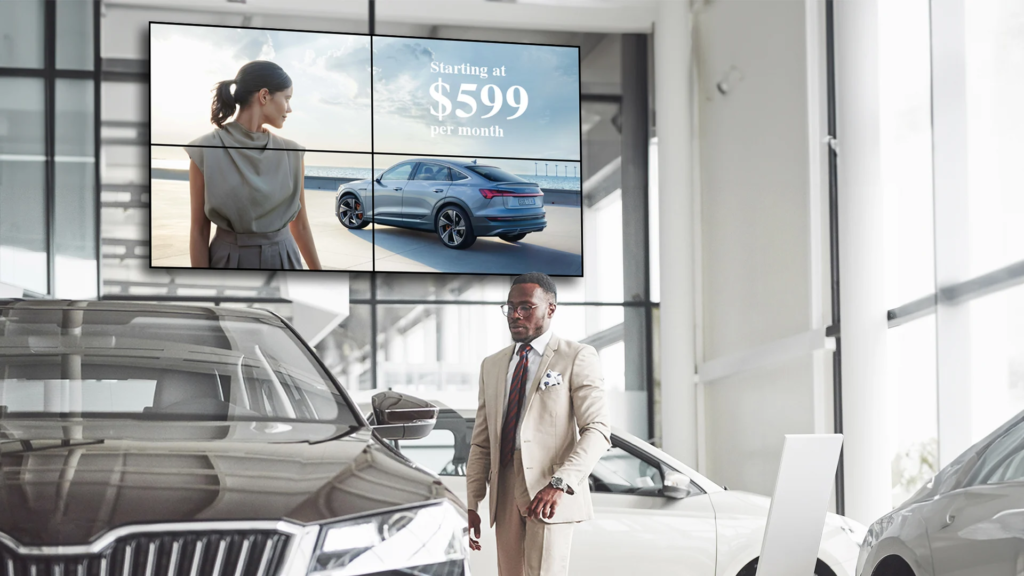
Introduction to Digital Dealerships
The automotive industry is undergoing a significant transformation, driven by advancements in technology and changing consumer preferences. Dealerships that embrace digital transformation can enhance customer experience, streamline operations, and stay competitive in a rapidly evolving market. This guide provides a comprehensive roadmap for transitioning your dealership to a digital model, covering essential steps, technologies, and best practices.

1. Assess Your Current State
Conduct a Digital Readiness Audit
Before embarking on your digital transformation journey, it’s crucial to understand your starting point. Conduct a digital readiness audit to evaluate your current processes, technology infrastructure, and digital capabilities. Identify areas where you excel and those that need improvement.
Identify Key Goals
Establish clear objectives for your digital transition. These goals might include improving customer engagement, increasing sales efficiency, reducing operational costs, or enhancing inventory management. Defining your goals will help guide your strategy and measure success.
2. Develop a Digital Strategy
Create a Roadmap
Develop a detailed roadmap that outlines the steps and timeline for your digital transition. This roadmap should include short-term and long-term initiatives, key milestones, and resource allocation. Ensure that your plan is flexible enough to adapt to changing circumstances and new opportunities.
Secure Stakeholder Buy-In
Successful digital transformation requires buy-in from all stakeholders, including dealership owners, managers, and employees. Communicate the benefits of digitalization and involve key stakeholders in the planning process to foster a sense of ownership and commitment.
3. Invest in the Right Technology
Customer Relationship Management (CRM) Systems
Implement a robust CRM system to manage customer interactions and data. A CRM system helps you track leads, automate follow-ups, and personalize communication, ultimately improving customer satisfaction and sales efficiency.
Inventory Management Software
Adopt advanced inventory management software to optimize your stock levels and reduce carrying costs. These systems provide real-time insights into inventory, enabling you to make data-driven decisions about purchasing and pricing.
Digital Marketing Tools
Invest in digital marketing tools to enhance your online presence and attract more customers. These tools include social media management platforms, email marketing software, and search engine optimization (SEO) tools. Leverage data analytics to track the effectiveness of your campaigns and adjust strategies accordingly.
Online Sales Platforms
Offer customers the convenience of online shopping by integrating e-commerce capabilities into your website. Online sales platforms allow customers to browse inventory, configure vehicles, and even complete the purchase process online. Ensure that your platform is user-friendly and mobile-optimized.
4. Enhance Customer Experience
Develop a User-Friendly Website
Your website serves as the digital storefront for your dealership. Ensure that it is visually appealing, easy to navigate, and provides comprehensive information about your inventory and services. Implement live chat features to assist customers in real-time and provide a seamless browsing experience.
Implement Virtual Showrooms
Create virtual showrooms to give customers an immersive experience from the comfort of their homes. Virtual showrooms use augmented reality (AR) and virtual reality (VR) technologies to showcase vehicles, allowing customers to explore features and options in a realistic environment.
Offer Online Financing and Trade-In Appraisals
Simplify the buying process by offering online financing options and trade-in appraisals. Allow customers to complete credit applications, receive financing approvals, and get trade-in quotes without visiting the dealership. This convenience can significantly enhance the customer experience and increase conversion rates.
Personalized Communication
Use data from your CRM system to personalize communication with customers. Send targeted emails, offer tailored promotions, and follow up with personalized messages. Personalization demonstrates that you understand and value your customers, fostering loyalty and repeat business.
5. Train and Support Your Staff
Digital Skills Training
Provide comprehensive training to your staff to ensure they are comfortable with new digital tools and processes. Offer workshops, online courses, and hands-on training sessions to build their digital skills and confidence.
Foster a Digital Culture
Promote a digital-first mindset within your dealership. Encourage employees to embrace technology and innovation in their daily tasks. Recognize and reward those who contribute to the digital transformation efforts, fostering a culture of continuous improvement.
Provide Ongoing Support
Offer ongoing support to your staff as they adapt to new technologies and processes. Establish a helpdesk or support team to assist with technical issues and provide regular updates on new features and best practices.
6. Monitor and Optimize
Track Key Performance Indicators (KPIs)
Identify and track KPIs to measure the success of your digital transformation initiatives. These metrics might include website traffic, lead conversion rates, customer satisfaction scores, and sales performance. Use data analytics to gain insights and make informed decisions.
Gather Customer Feedback
Regularly solicit feedback from your customers to understand their experiences and identify areas for improvement. Use surveys, online reviews, and social media listening tools to gather valuable insights and address any issues promptly.
Continuously Improve
Digital transformation is an ongoing process. Continuously assess your performance, learn from your successes and failures, and make necessary adjustments to your strategy. Stay updated with the latest industry trends and technological advancements to remain competitive.

Conclusion
Transitioning your dealership to a digital model is a complex but rewarding process. By assessing your current state, developing a clear strategy, investing in the right technology, enhancing customer experience, training your staff, and continuously monitoring and optimizing your efforts, you can successfully navigate the digital transformation journey. Embrace the opportunities that digitalization offers and position your dealership for long-term success in the evolving automotive landscape.
Read more about Digital Car Dealerships!
For more such content, keep visiting QAWire


